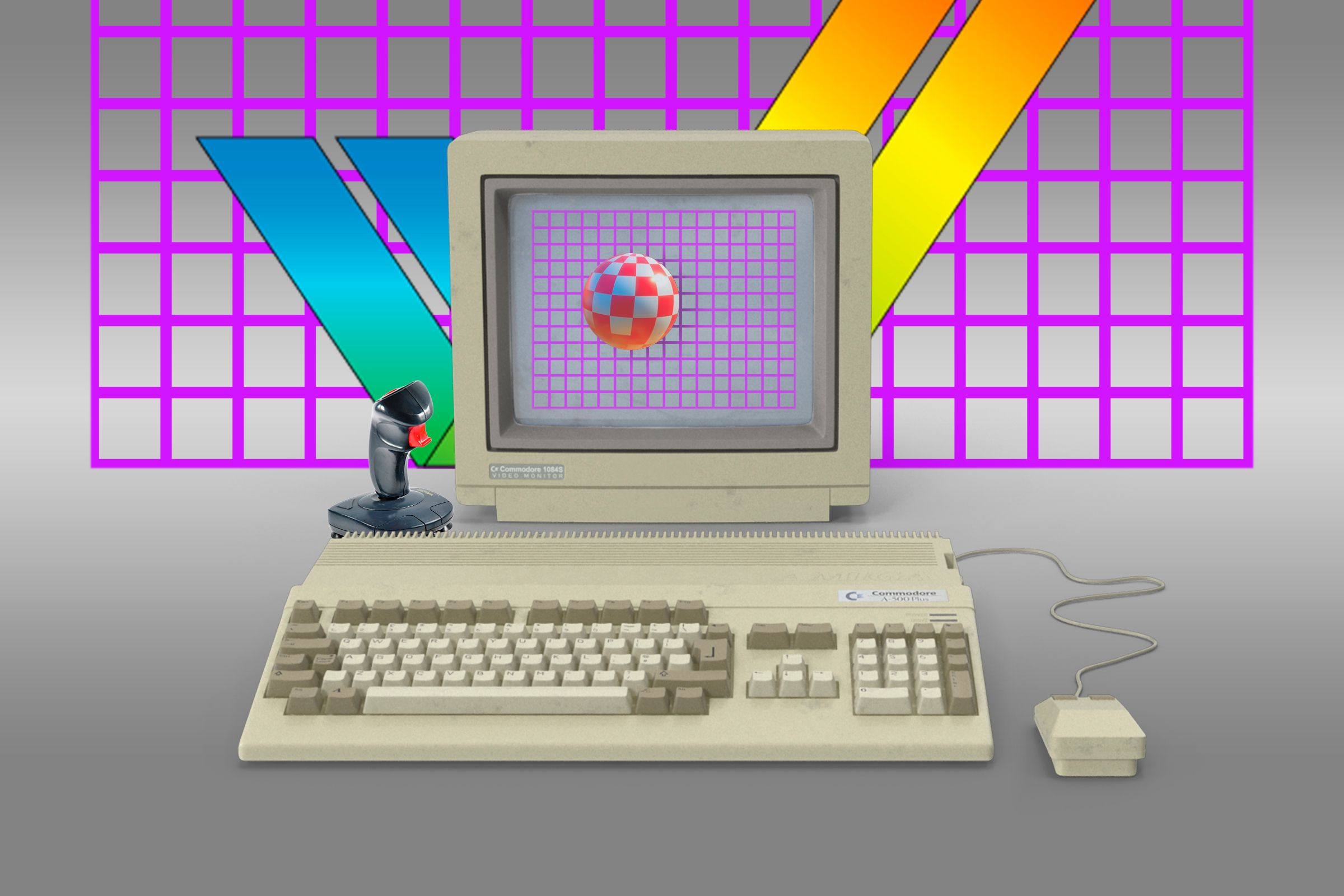Gandalf_The_Grey
Level 85
Thread author
Verified
Honorary Member
Top Poster
Content Creator
Well-known
- Apr 24, 2016
- 7,871
Key Takeaways
If you were born before the year 2000, there's a good chance your first PC was some shade of gray or beige. What is it about the color that made virtually all computer manufacturers pick it over the now ubiquitous black?
- Beige PCs were popular in the 80s thanks to widespread office use and the dominance of IBM.
- There are plenty of vintage PC peripherals but no cases to match them.
- Building a retro PC with a vintage beige aesthetic while incorporating modern features is challenging and limited.
Why Were Most PCs Beige in the First Place?
We have a whole article that explains why PCs from the 80s and 90s were beige in case you want to learn more, but I want to give you a quick explanation here as well. A key factor behind the popularity of beige PCs of yesteryear is that computers were generally reserved for office use. Corporations were the primary customers for PCs in the 80s—24.6% of all employed adults in the US in 1984 used a computer at work, whereas only 8.2% of all households had a computer.
Beige, gray, brown, and other earth tones were all the rage in office cubicles. Beige was considered sleek and professional, so computers had to follow suit. We do the same with kitchens; I passed on a great deal on a toaster because it was pink and retro, so it didn't fit the style of my stainless steel kitchen.
Another contributing factor is that IBM dominated the PC industry, and its products were predominantly beige. If you wanted to sell a PC in the 80s, you'd clone IBM and make it beige. Computers were primarily considered tools rather than gaming or entertainment systems, so the safe choice was the right choice in terms of looks.

It's Time to Bring Back the Beige PC
There are plenty of retro peripherals but no beige PCs to go with them.
